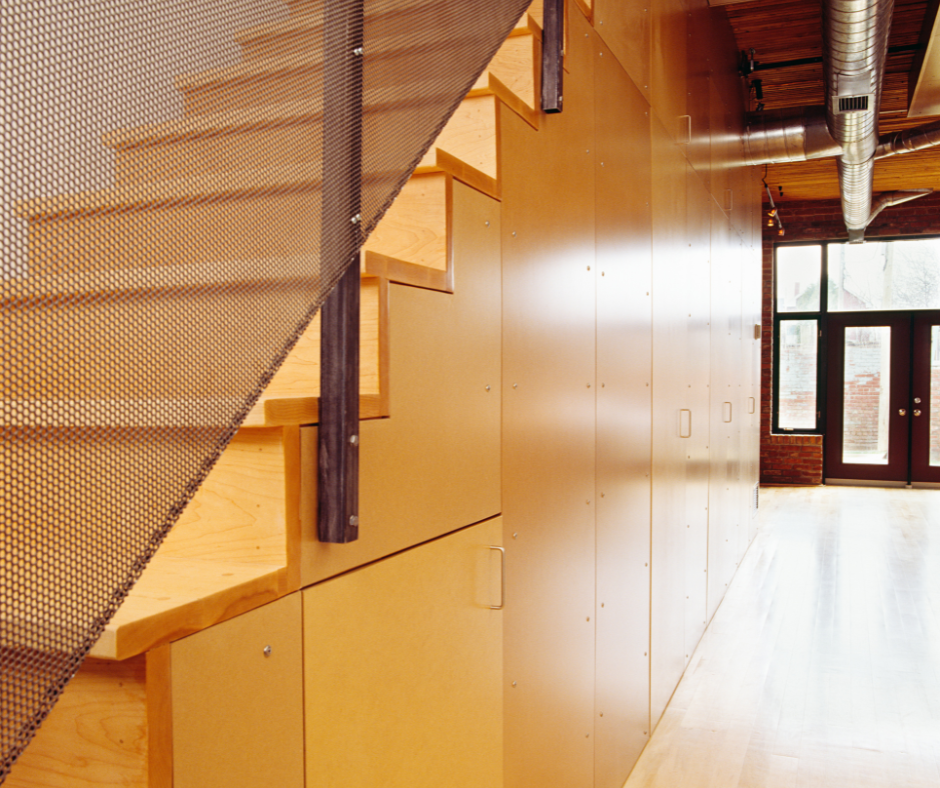Planning a staircase upgrade?
What to know about pine stair treads with returns before you install is that they offer a cost-effective, stylish way to finish open staircases with clean, polished edges.
Pairing them with carpet stair treads adds protection, comfort, and grip for a safer and longer-lasting result.
This guide will walk you through material choices, installation steps, and common mistakes to avoid.
You'll also learn how to finish pine properly and when to consider hardwood alternatives.
If you're DIY-minded or just want to make a smart home investment, you're in the right place.
Why Pine Is a Popular Choice for Stair Treads
Pine is a go-to for homeowners who want an affordable, attractive stair tread that’s easy to install and customize.
It offers a rustic charm that fits perfectly into farmhouse, traditional, and even transitional interiors.
While it’s softer than hardwoods, with the right finish and added protection like carpet stair treads, pine can last for years and still look great.
Pros of Pine Stair Treads with Returns
-
Budget-Friendly: Less expensive than oak, maple, or hickory.
-
Customizable Finish: Takes stain and paint well.
-
DIY-Friendly: Pine is soft enough to cut and handle easily.
Drawbacks of Pine Treads
-
Prone to Dents: It’s a softwood and scratches more easily.
-
More Maintenance: Especially in busy homes with kids or pets.
-
Durability Limit: For heavier wear, consider a Hardwood Stair Tread with Both Return.
What Is a Return on a Stair Tread?
A return is the finished edge on one or both sides of a stair tread.
It’s designed for open stairs to give them a clean, finished look.
Pine stair treads with returns are ideal when you want a custom, seamless edge without committing to a full runner installation.
Choosing the Right Return Style
Treads come with different return options based on your staircase layout.
Common Configurations:
-
Single Return: Used for stairs open on one side.
-
Double Return: Used for stairs open on both sides.
-
No Return: For fully enclosed staircases.
How to Measure Before Installing
Before buying or cutting treads, measure every detail of your staircase.
Include:
-
Tread width and depth
-
Return side(s)
-
Nosing overhang
This helps prevent mistakes during installing stair tread returns and keeps your project moving smoothly.
Installing Stair Tread Returns
Returns may seem tricky, but they’re completely manageable with a few basic tools and a steady hand.
This part gives your treads that built-in, craftsman-quality look.
Step-by-Step Instructions
-
Measure and Mark where the return edge connects.
-
Cut at a 45° Angle using a miter saw.
-
Glue Both Edges with quality wood glue.
-
Clamp Securely until dry.
-
Sand the Seam to blend edges.
-
Apply Finish that matches the tread surface.
How to Finish Pine Stair Treads
Proper finishing extends the life of your stair treads and brings out the natural wood grain.
Best Finish Options
-
Polyurethane: Durable and moisture-resistant.
-
Oil-Based: Natural look with subtle protection.
-
Stain + Sealer: Combines color and protection.
Finishing Process
-
Sand the Surface smooth with 120–150 grit.
-
Clean with a Cloth to remove dust.
-
Stain If Desired and let it dry.
-
Apply 2–3 Coats of Finish, letting each one dry fully.
Protecting Pine Treads After Installation
Pine is softer than hardwood and needs added protection in high-traffic areas.
One of the easiest solutions is to use carpet stair treads that lay over the surface and add both safety and style.
Additional Tips
-
Sweep Often to prevent scratch-causing grit.
-
Avoid High Heels on softwood surfaces.
-
Wipe Spills Quickly to prevent water damage.
When Hardwood Might Be Better
For homes with heavy traffic, kids, or pets, a hardwood stair tread with both return may be the better long-term investment.
These treads are tougher, lower-maintenance, and offer a clean, traditional look.
Matching Treads to Your Home’s Style
Choose materials and finishes that complement your interior design.
Ideas by Style
-
Farmhouse: Natural pine with a light finish.
-
Modern: Painted or dark-stained pine.
-
Classic: Hardwood with medium-tone stain and subtle carpet accents.
Common Mistakes to Avoid
Mistakes can cost time and materials—especially if you're cutting returns.
Avoid These Errors
-
Measuring only once.
-
Skipping prep before install.
-
Rushing your finish coats.
DIY or Hire a Pro?
DIY is great for single-return stairs and straight runs.
If you're working with double returns or curved stairs, hiring a professional can save time and stress.
Final Tips Before You Begin
The more you prep before installation, the smoother the process will go.
-
Choose the best return type for your stairs.
-
Finish all pieces before installing.
-
Add carpet stair treads after install for long-term protection.
Steps to Success
Understanding what to know about pine stair treads with returns before you install helps you avoid costly mistakes, choose the right materials, and create a look that fits your home.
Whether you go with pine for budget and charm or upgrade to hardwood for strength, the result is a staircase that adds safety, comfort, and beauty to your home.
Ready to Elevate Your Stairs?
Oak Valley Designs offers premium stair treads and carpet solutions made for real life.
Explore our DIY-friendly products and enjoy the peace of mind that comes with American-made craftsmanship.
-
Website: https://oakvalleydesigns.com/
-
Phone: 706.331.0315
-
Email: info@oakvalleydesigns.com
-
Address: 30 River Ct SW Bldg E Cartersville, Ga 30120




